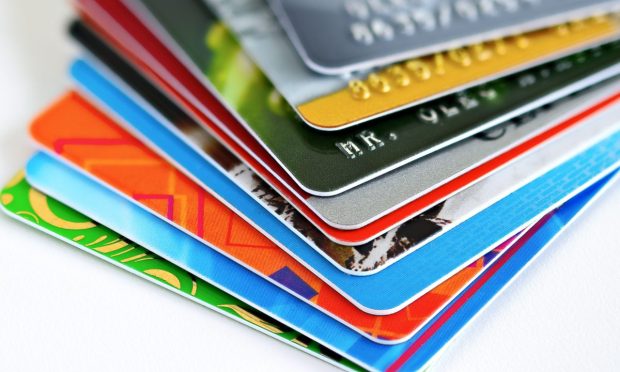Bread, Discover and JPMorgan Chase Report Higher Credit Card Delinquencies

Three companies saw their higher credit card delinquency and charge-off rates rise in February.
Bread Financial, Discover Financial and JPMorgan Chase reported in recent press releases and Securities and Exchange Commission (SEC) filings that these figures for February were higher than those for both the month before and a year earlier.
Bread Financial said its delinquency rate was 6.0% in February, up from 5.8% in January and 4.4% in February 2022.
The firm’s net loss rate was 7.8%, up from 6.7% in January and 4.8% in February 2022.
It noted in the Wednesday (March 15) filing that the February 2023 figures include the effects of its sale of the BJ’s Wholesale Club credit card portfolio.
Discover Financial also saw higher rates. Its credit card delinquency rate reached 2.74% in February, up from 2.67% in January and 1.79% in February 2022.
The firm’s net charge-off rate climbed to 3.40%, up from 2.81% in January and 2.02% in February 2022.
Also seeing this trend was JPMorgan Chase, which said its credit card delinquency rate was 0.88% in February, higher than the 0.83% it saw in January and the 0.72% it recorded in February 2022.
JPMorgan Chase also reported that its net charge-off rate in February was 1.33%, up from 1.17% in January and 1.04% in February 2022.
PYMNTS reported in January that financial services firms’ earnings suggest paycheck-to-paycheck consumers are straining to manage their credit card debt.
Commentary from several banks and lenders at the time showed that credit trends were normalizing — returning to seasonal trends in terms of credit use, credit access and paydowns — while delinquency rates were on the rise.
PYMNTS research has found that paycheck-to-paycheck consumers are more than three times as likely as their peers to revolve credit card debt and carry higher monthly balances overall.
The average credit score for all consumers who live paycheck to paycheck is 664, which places them firmly in the “prime” category, while the consumers struggling to pay their bills each month have a below-average credit score of 613, which is subprime, according to “New Reality Check: The Paycheck-to-Paycheck Report: The Credit Edition,” a PYMNTS and LendingClub collaboration.

